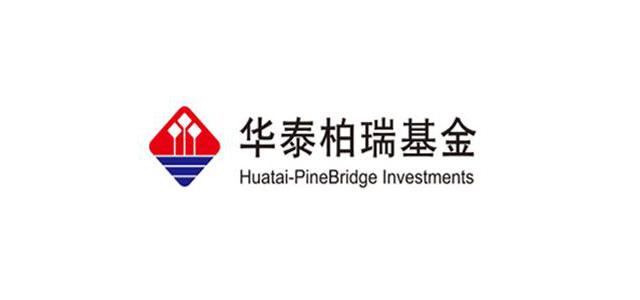ETF options are kicking off on Chinese exchanges, as part of China’s bid to lure in more western investment.
In late-December, Shenzhen and Shanghai and the China Futures Exchange welcomed the first ever CSI 300 ETF options, thanks to a greenlight from the Chinese government.
The new options come after years of pressure from index providers and institutional investors. These parties – whose views the Chinese government appears to support – have argued that China’s capital markets have been stifled back by their lack of trading tools, such as options. They argued that a more robust index options market is essential for bringing in more western traders.
One ETF with options coverage is the Huatai-PineBridge CSI 300 ETF. The ETF, which was launched in 2015, is among the first batch of CSI 300 ETFs in China. The fund currently has 37 billion RMB (US$5.27 billion) of total AUM with average daily turnover of 1.3 billion RMB (US$ 172 million).
On the first trading day, over 600,000 of the CSI 300 ETF options changed hands on Shanghai and Shenzhen exchanges, representing roughly 24.6 billion RMB.
Li Chao, vice chairman of China Securities Regulatory Commission, notes that the CSI 300 ETF options will be conducive to attract long-term money into capital market, and deepen domestic financial market liberalisation.
“Overall, risk control should be put at top priority for the development of ETF options… [The financial authorities] will have to strengthen market supervisions to protect investors’ interest,” Mr. Li says.
While ETF options on the SSE 50, an index of China’s largest companies, have been around for years, Beijing has been reluctant to allow CSI 300 ETF options.
The sudden change of heart appears to owe to Beijing’s desire to remedy depressed asset prices triggered by the Trump trade war.
On this score, the country’s financial regulator has recently launched a number of other initiatives. It has allowed foreign-owned asset managers to provide mutual funds and ETFs. It has also binned the 49% foreign ownership cap on foreign-local asset management joint ventures.
As for the SSE 50 ETF options, they have been gaining traction from Mainland investors since inception. As of December 2019, the options have more than 400,000 accounts with average daily transaction volume of 2.5 million contracts.
“The coverage of CSI 300 ETF is more diversified compared with SSE 50 ETF. The availability of CSI 300 ETF options can provide a better tool for institutional investors for risk control and hedging. It will also help improve the market liquidity,” a Beijing-based fund manager says.
Equity ETFs have almost double in size over the past year to over $700 billion, according to Shanghai-based fund consultancy Z-Ben Advisors.



